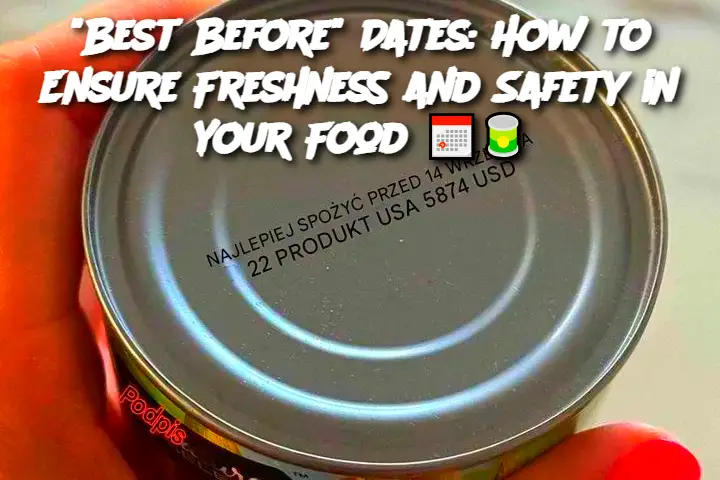ADVERTISEMENT
Introduction: "Best Before" dates are often found on food packaging, but do you truly understand their meaning? These dates are indicators of when the product will be at its peak in terms of flavor, texture, and nutritional value. However, they don’t necessarily mean the food is unsafe after that date. Knowing how to interpret these dates correctly can help reduce food waste, save money, and ensure you’re consuming the best products for your health. In this guide, we’ll break down how to read "Best Before" dates, and provide practical tips for handling food freshness.
Ingredients:
Packaged foods with visible "Best Before" dates (canned goods, snacks, dairy, etc.)
A notebook or app for tracking the food’s shelf life
A reliable thermometer to ensure correct storage temperature
Directions:
Identify the Date Format: The "Best Before" date is often shown as day/month/year or month/day/year, depending on the country of origin. Ensure you're familiar with the format on the package to avoid confusion.
Understand the Meaning: "Best Before" refers to the ideal time for consuming the product. It’s not an expiration date, so consuming food after this date doesn’t necessarily pose a risk, but it may lose its best quality.
Check Packaging: Look for any signs of damage or compromised seals, which may indicate that the product is no longer safe, even if it’s within the "Best Before" date range.
Follow Storage Instructions: Ensure that the product has been stored as per the instructions (e.g., refrigerated, kept in a cool, dry place) to maintain its freshness for as long as possible.
Use Sensory Checks: Trust your senses! Smell, look, and taste the food to determine its quality. Discoloration, unusual odors, or off flavors are signs that the product may have gone bad.
Serving and Storage Tips:
Use Within the Date: If possible, consume products by the "Best Before" date to enjoy them at their peak.
Store Properly: Keep canned, dry, or packaged foods in a cool, dry place to prevent spoilage. Refrigerate or freeze items like dairy and meat according to their packaging instructions.
Label Leftovers: If you’ve opened a product and haven’t finished it, label it with the date it was opened, so you know how long it has been stored.
Variations:
ADVERTISEMENT
